Plum trees are a popular fruit tree that can grow well in many different climate zones. Plum trees are popular for gardeners and farmers with their delicious, sweet fruit. However, for those new to growing plum trees, it can be difficult to know when to expect fruit production.
The timing of fruit production depends on various factors, including the tree’s age, the variety of plums, and environmental factors, such as temperature and sunlight. Here, we will explore the question “when do plum trees produce fruit?” in depth.
We will cover common varieties, their fruiting patterns, and the optimal growing conditions for plum trees. We will also discuss how to care for your plum trees to ensure the best possible fruit production.
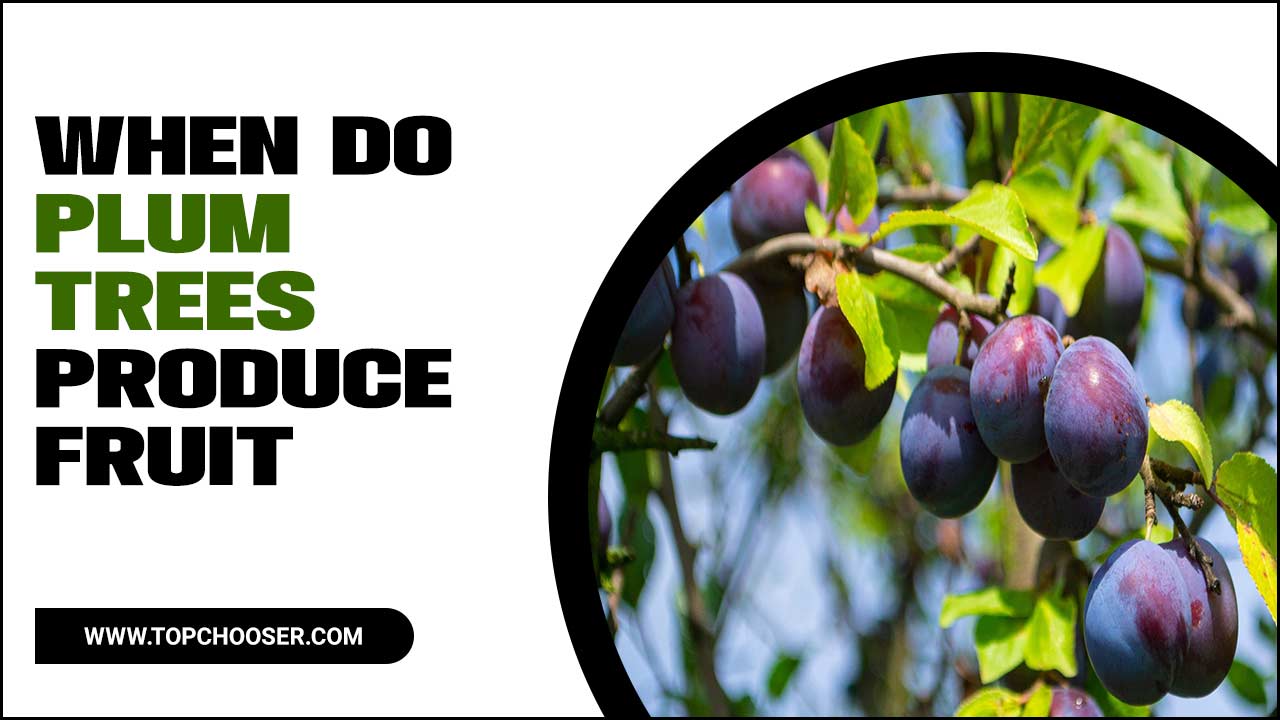
What Factors Influencing When Do Plum Trees Produce Fruit
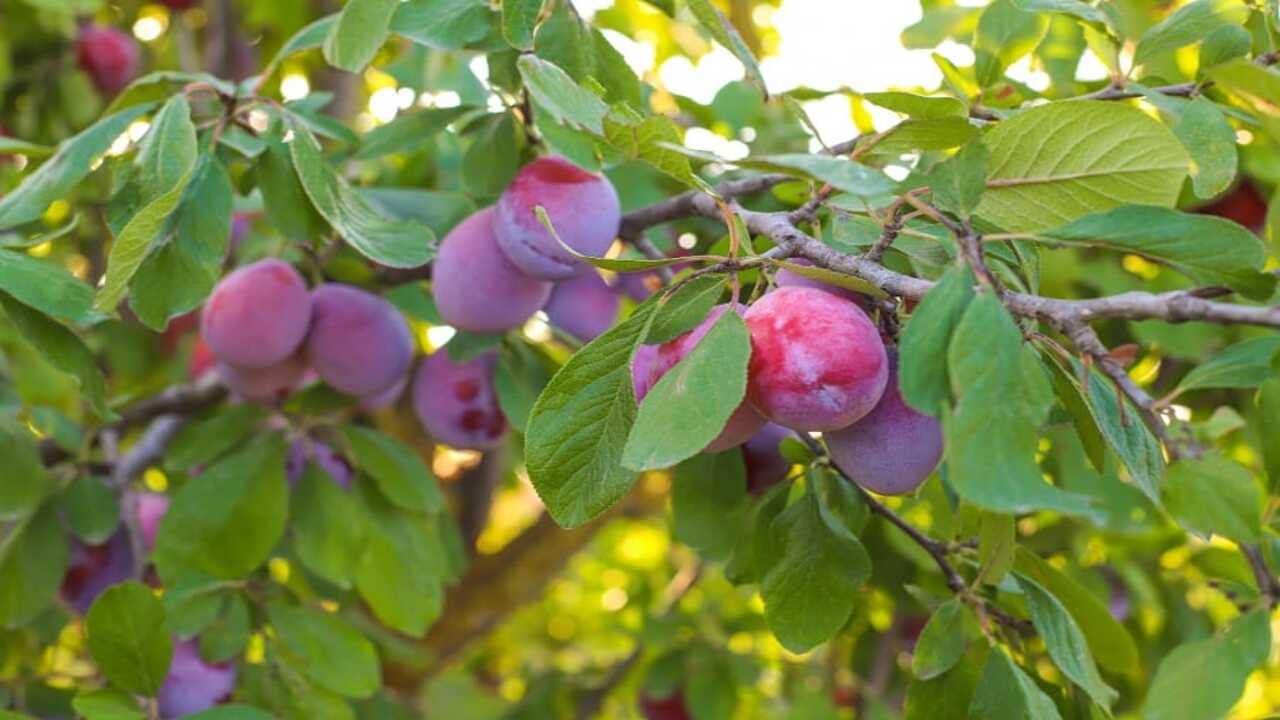
Several factors influence the production of fruit in plum trees. Firstly, the age of the tree plays a significant role. Most plum trees start producing fruit between three to five years after planting. Secondly, the variety of plum trees also affects when they will bear fruit. Different varieties have different maturation periods, ranging from early-season to late-season fruiting.
Additionally, environmental factors such as temperature and sunlight can impact fruit production. Plum trees require a certain number of chill hours during winter to stimulate flower bud formation, and they also need adequate sunlight for photosynthesis and fruit development.
Lastly, proper care and maintenance, including regular pruning and fertilization, can promote healthy growth and increase the likelihood of fruitful harvests.
Understanding The Growth And Development Of Plum Trees
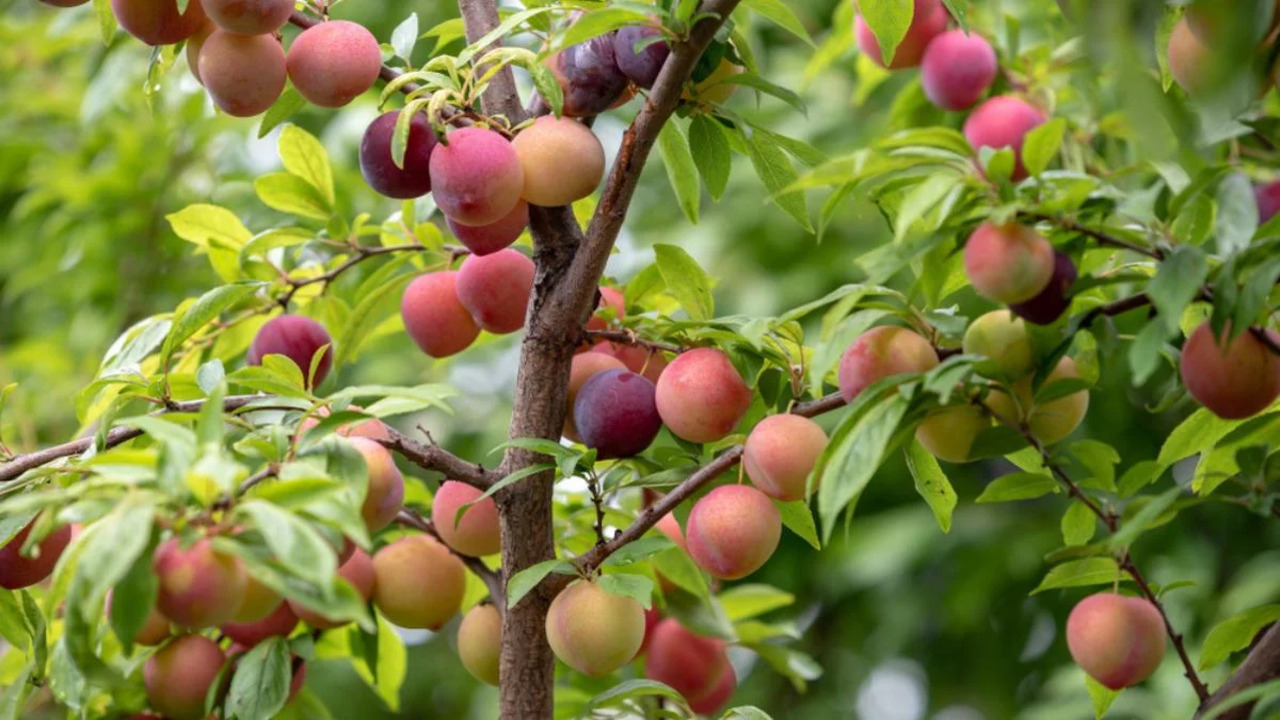
Plum trees typically start producing fruit 3 to 5 years after planting, depending on the variety. The weather and climate play a significant role in plum tree fruit production. Plum trees require a certain number of chill hours during the winter to stimulate bud development and subsequent fruit production.
Proper pruning and training of plum trees can promote healthier growth and increase fruit production. Adequate pollination is crucial for plum tree fruit production, with some varieties being self-pollinating while others requiring cross-pollination.
Along with these factors, proper irrigation, fertilization, and pest management practices are essential for maintaining the health of plum trees and ensuring optimal fruit production.
It’s important to note that plum trees may have alternate bearing years, producing a heavy crop one year followed by a lighter crop the next year. This natural cycle can be influenced by various factors such as stress, weather conditions, or improper care.
Factors Affecting Plum Tree Fruit Production
Factors affecting plum tree fruit production can vary from the variety of the plum tree and its pollination requirements to the number of chill hours required during the dormant period for flower bud development.
Adequate sunlight, water, and nutrient supply are crucial for healthy fruit production, while pruning and thinning can improve fruit quality and yield. Weather conditions like late frosts or extreme heat can negatively impact fruit production. Understanding these factors is essential for successful plum tree fruit production.
Soil And Nutrient Management For Improved Fruit Production
To ensure optimal fruit production, plum trees require well-drained soil with a pH between 6.0 and 7.5. It is essential to provide adequate nutrients, such as nitrogen, phosphorus, and potassium, for the growth and fruit production of plum trees.
Conducting a soil test can help determine if there are any nutrient deficiencies or imbalances that need to be addressed through fertilizer application. Adding organic matter like compost or well-rotted manure to the soil can improve fertility and water-holding capacity, promoting healthier plum trees and better fruit production.
Mulching around the tree’s base helps conserve moisture, suppress weeds, and regulate soil temperature, further supporting fruitful outcomes. Gardeners can ensure their plum trees thrive and bear bountiful, delectable fruits by focusing on soil and nutrient management.
Water Management And Irrigation
Proper water and irrigation management is crucial for plum tree fruit production. These trees require consistent and adequate moisture, especially during the growing season. However, it’s important to strike the right balance, as both overwatering and underwatering can have a negative impact on fruit production. To ensure optimal moisture levels, it’s recommended to mulch around the base of the tree.
This helps to retain moisture in the soil and regulate its temperature. Additionally, monitoring the soil moisture levels regularly and adjusting irrigation accordingly is essential. By following these water management practices, gardeners can support plum trees’ healthy growth and abundant fruit production.
Pest And Disease Management In Plum Trees
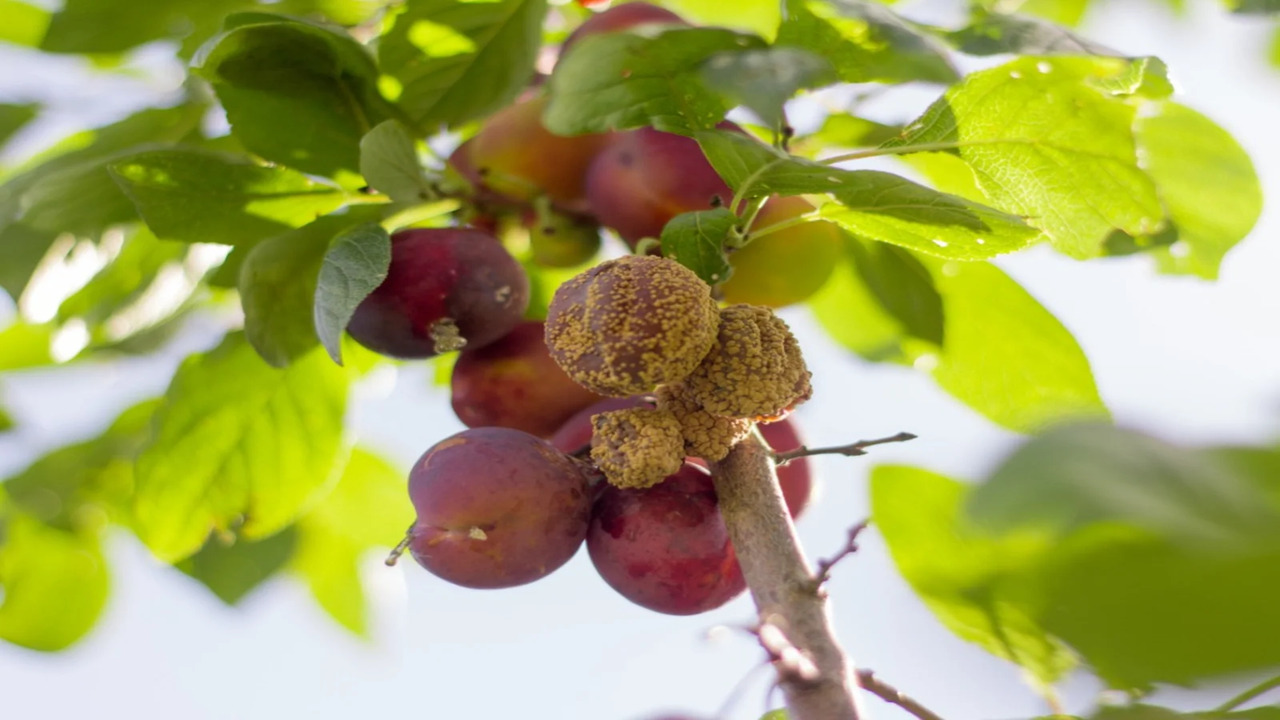
Proper pest and disease management is essential for the successful fruit production of plum trees. These trees are susceptible to various pests, including aphids, plum curculio, and codling moths. Regular monitoring and early intervention can help prevent these pests from causing significant damage to the tree and its fruit.
Diseases such as plum leaf curl, brown rot, and bacterial canker can also affect the overall health and fruit production of plum trees. It is important to implement proper pruning techniques and maintain good tree health to prevent the spread of diseases. By taking a closer look at the health of your plum tree and implementing the necessary measures, you can ensure a healthy, fruitful harvest.
Pruning And Training Techniques For Optimal Fruit Production
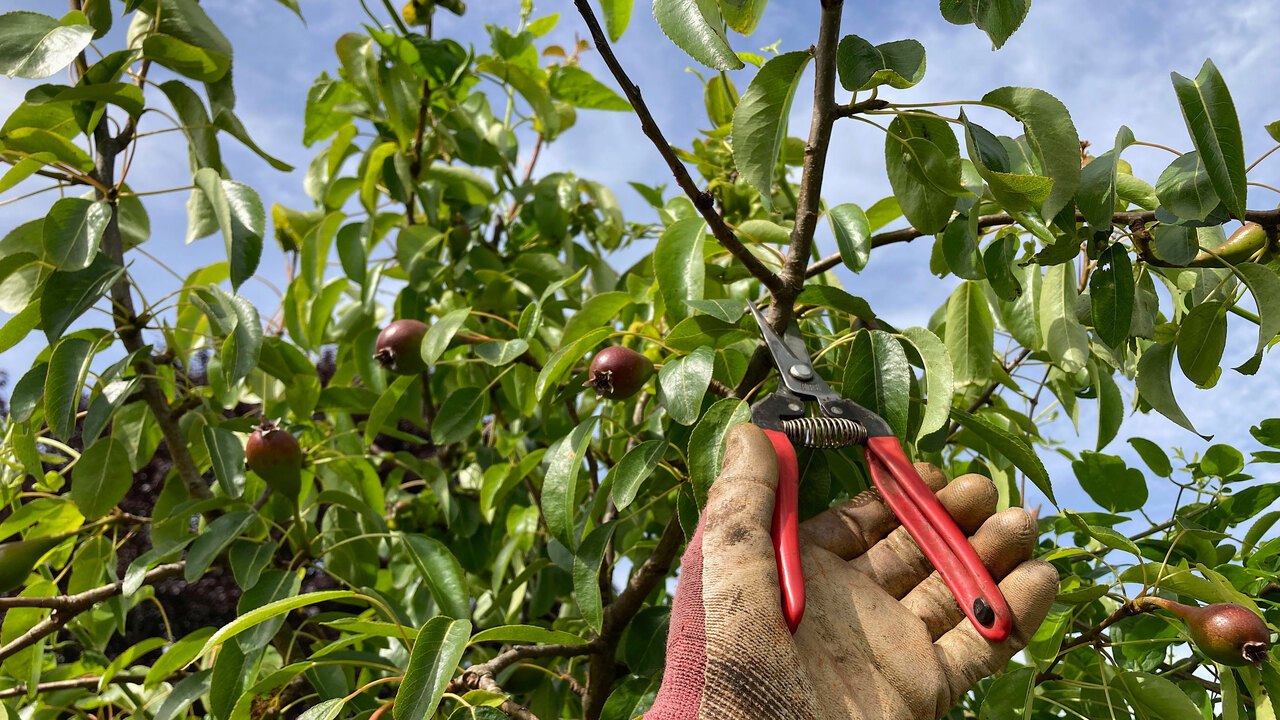
To ensure optimal fruit production in plum trees, it is important to understand the proper pruning and training techniques. Plum trees typically start bearing fruit 3-4 years after planting, but several factors, such as the variety of plum trees, climate, and soil conditions, can influence fruit production.
Pruning should be done in late winter or early spring to remove dead or diseased branches, improve airflow, and shape the tree. Thinning the branches and removing excess fruit can also promote larger, healthier plums.
By following these pruning and training practices, gardeners can help their plum trees reach their full potential and maximize fruit production. Proper pruning and training techniques can also help prevent biennial bearing, where a tree produces a heavy crop one year and minimal fruit the following year.
Hence, it is crucial for gardeners to take a closer look at their plum trees and apply the right pruning techniques to ensure a bountiful harvest.
Pollination And Fruit Set In Plum Trees
Plum trees rely on proper pollination for fruit production. They can either be self-pollinating or require cross-pollination with another compatible variety. Pollinators like bees are crucial in transferring pollen from one flower to another.
Factors like temperature and humidity also affect fruit sets in plum trees. Providing the right care and maintenance for optimal fruit production is important. Regular pruning helps in maintaining tree health and promoting proper airflow.
Fertilization ensures that the trees receive the necessary nutrients. Plum trees bloom in early spring, and it is during this time that pollination takes place. Gardeners can ensure a bountiful plum harvest by understanding the pollination process and taking appropriate measures.
Harvesting And Post-Harvest Management Of Plum Fruits
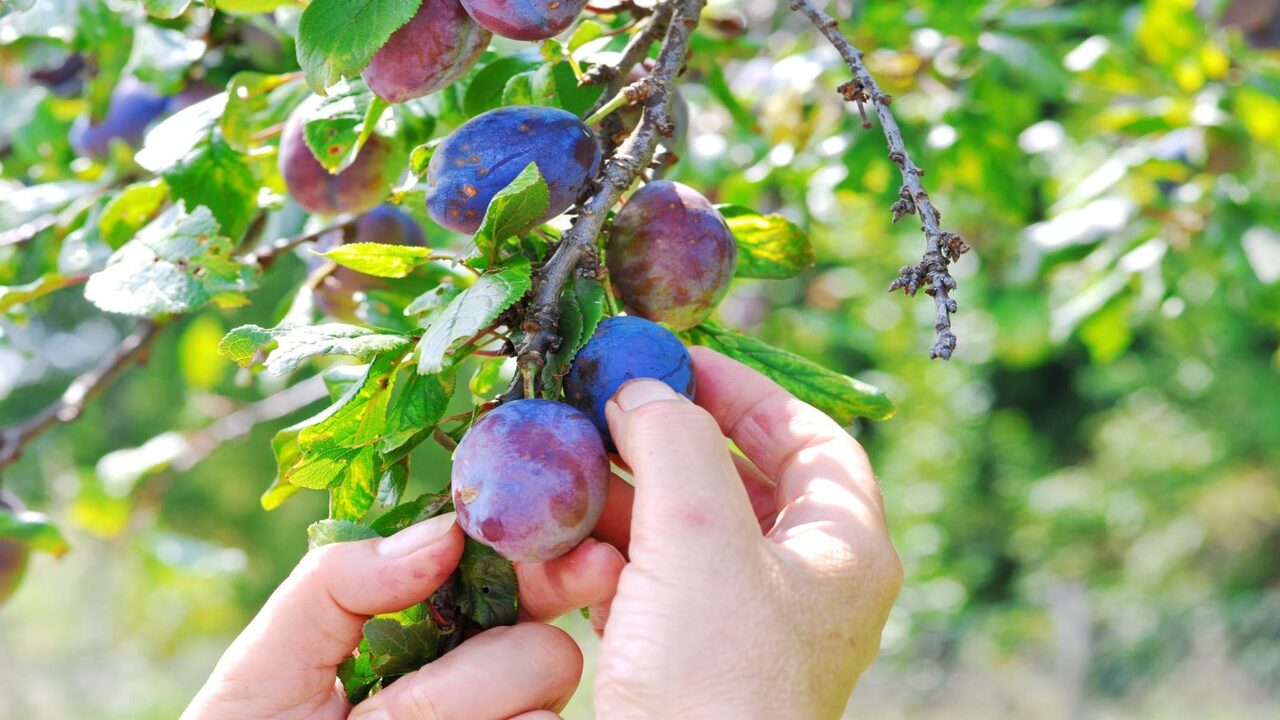
Harvesting and managing plum fruits involves several key factors. Plum trees typically produce fruit in the late summer or early fall, depending on the variety and local climate. To ensure a successful harvest, proper pollination is essential. Plum trees require cross-pollination from another compatible variety to set fruit, so it’s important to plant two different varieties that bloom simultaneously.
Once the plums are ready for harvest, handling them with care is crucial to avoid bruising or damaging the fruit. Store them in a cool, dry place to extend their shelf life. Additionally, regular pruning and fertilization can promote better fruit production. Plain trees can bear more fruit by removing dead or diseased branches and providing adequate nutrients.
In conclusion, understanding when plum trees produce fruit and how to manage the harvesting process is vital for a fruitful harvest. The necessary steps of cross-pollination, proper care, and careful post-harvest handling can ensure the best quality plums for enjoyment.
Conclusion
Understanding when plum trees produce fruit is essential for fruit growers and enthusiasts alike. While the exact timing can vary depending on the specific variety of plum trees, there are some general guidelines to remember.
Plum trees start producing fruit around three to five years after planting. However, it’s important to note that this timeline may be influenced by factors such as growing conditions, weather patterns, and proper care and maintenance of the tree.
To determine when your plum tree will produce fruit, it’s best to consult the specific variety’s information or reach out to a local horticulturist or nursery for guidance. We have provided bulk information on when do plum trees produce fruit and hope our information was helpful from your perspective.
Frequently Asked Questions
[rank_math_rich_snippet id=”s-a35989c1-76ef-4f1d-b375-105241477082″]

I am passionate about home engineering. I specialize in designing, installing, and maintaining heating, ventilation, and air conditioning systems. My goal is to help people stay comfortable in their homes all year long.
